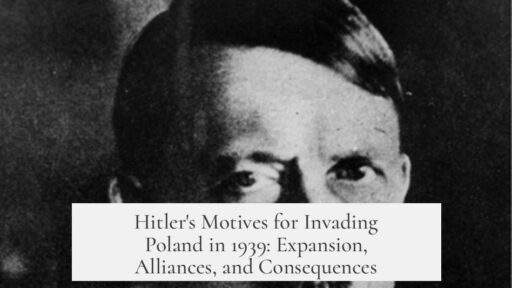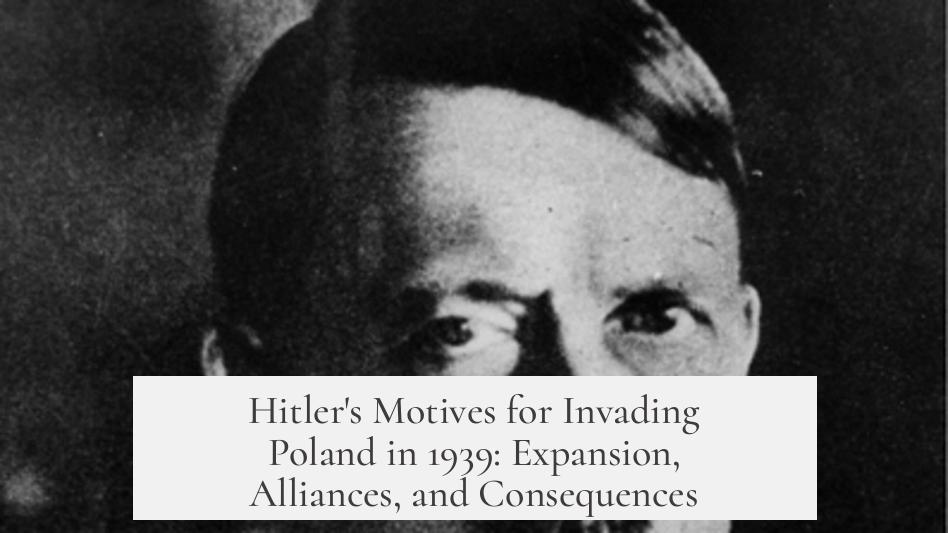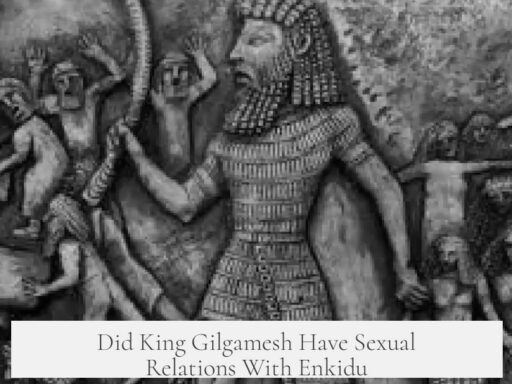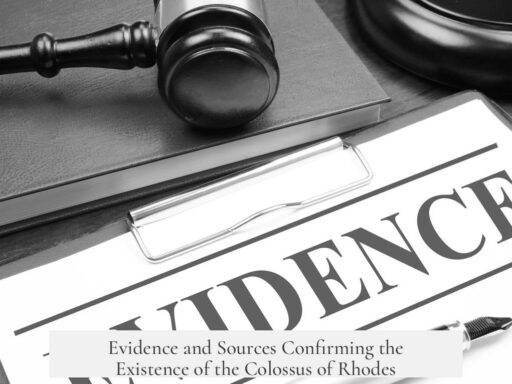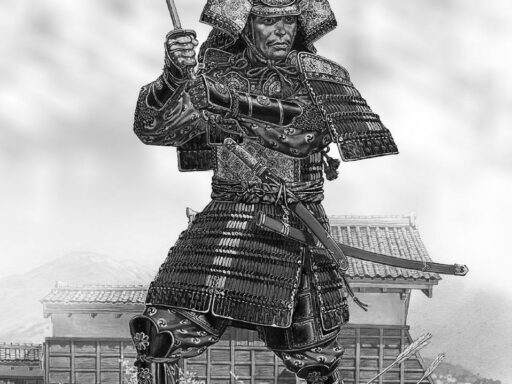Hitler invades Poland in 1939 to initiate his broader goal of territorial expansion (Lebensraum), setting the stage for a planned invasion of the Soviet Union. This move aligns with his long-term strategy outlined in Mein Kampf and later formalized as Generalplan Ost. The invasion is also enabled by the weak and divided response of Western powers and the geopolitical security provided by the Nazi-Soviet pact.
Hitler’s ideological drive for lebensraum motivates the invasion. He views Eastern Europe, particularly Poland and the Soviet Union, as lands for German settlement and resource extraction. This expansionist vision demands removing all obstacles, including Poland, which stands between Germany and the Soviet territories.
Diplomatic and military contexts shape this decision. Britain and France, haunted by World War I losses and economic depression, adopt appeasement policies. Agreements like the Munich Pact embolden Hitler by allowing earlier expansions such as the Sudetenland. These moves isolate Poland politically and militarily. Without reliable nearby allies, Poland faces Germany alone.
The British and French reluctance to confront Germany sooner stems from political and military factors. Economic hardship limits defense budgets. Public opinion strongly opposes war, favoring peace over confrontation. Polling in 1939 shows continued support for appeasement figures like Chamberlain even after the invasion of Poland began.
Militarily, France and Britain focus on defensive doctrines and rearming slowly. The French military emphasizes defense and counterattack rather than preemptive strikes or invasions into German territory. Both nations lack readiness to open a second front against Germany immediately, which leaves Poland vulnerable. A swift German assault especially exploits this temporary Allied military weakness.
Strategic calculations add to the context. Prior German moves—the Rhineland remilitarization, Anschluss with Austria, and the occupation of Czechoslovakia—meet little meaningful resistance. France and Britain reveal an unwillingness or inability to use force. These events embolden Hitler, indicating that an invasion of Poland might also go unchallenged militarily at first.
The Nazi-Soviet non-aggression pact changes the calculus significantly. Signed shortly before the invasion, this agreement includes secret protocols dividing Eastern Europe into spheres of influence. The Soviet Union agrees not to oppose Germany’s invasion and will itself invade eastern Poland. This deal secures Germany’s eastern flank from Soviet attack during the campaign and splits Poland between two powers.
Evidence shows that Hitler, aware of Allied weaknesses and assured of Soviet neutrality, seizes the moment to invade Poland on September 1, 1939. This triggers Britain and France to declare war on Germany two days later, marking the beginning of World War II.
| Factor | Impact on Invasion |
|---|---|
| Hitler’s Lebensraum ideology | Drives long-term plans to conquer Eastern Europe. |
| British and French appeasement | Isolates Poland diplomatically and militarily. |
| Economic and public opinion constraints | Delays Allied military preparedness and political will. |
| Allied military doctrine and readiness | Limits immediate counterattack to German moves. |
| Nazi-Soviet Pact (Molotov-Ribbentrop) | Prevents Soviet interference and enables Polish partition. |
Each factor interlocks, creating a context in which Hitler can act decisively. The invasion is not spontaneous but part of a calculated plan shaped by ideology, international politics, and military assessments. The failure of the Allies to check Germany earlier helps ensure Poland’s vulnerability.
- Hitler’s invasion is a step in his plan for territorial expansion and lebensraum.
- Appeasement policies by Britain and France isolate Poland and encourage German aggression.
- Economic troubles and public opposition limit Allied intervention efforts.
- Allied military focus on defense restricts their ability to help Poland quickly.
- The Nazi-Soviet Pact guarantees Soviet non-intervention and partitions Poland.
Why Did Hitler Invade Poland in 1939?
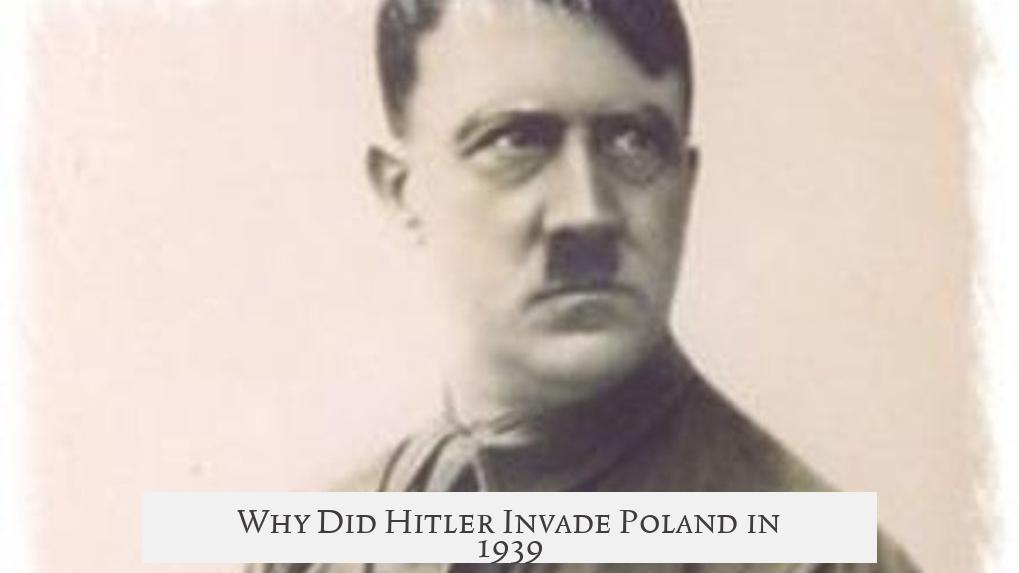
Hitler invaded Poland in 1939 to launch the first major step of his grand plan for German expansion—Lebensraum. This invasion was not a spur-of-the-moment decision but a well-foreshadowed move aligned with Nazi ideology and strategic objectives. Let’s unpack this story, piece by piece, to understand the *why* behind one of the most consequential events of the 20th century.
Imagine a chess player who has already visualized the entire endgame before moving a single pawn. Hitler is that player. In Mein Kampf, written years before 1939, he laid out his vision clearly: Germany needed “living space,” stretching eastward into territories held by Poland and the Soviet Union. This wasn’t just land grabbing; it was part of Generalplan Ost, a chilling blueprint aiming for massive German resettlement and the subjugation or removal of local populations. Poland wasn’t just a target—it was a stepping stone.
Hitler’s Predefined Path to Expansion
The invasion of Poland was a strategic warm-up. It was necessary for the larger goal: an eventual assault on the Soviet Union. Hitler had told his generals this vision as early as 1933. So, when you see tanks rolling into Poland in September 1939, remember: it was the first act of a much bigger plan, crafted years earlier.
Yet, why Poland? It’s right there—conveniently located and militarily vulnerable due to various international dynamics. Poland’s position made it the perfect initial conquest before hitting the Soviet Union. This invasion was a calculated move, not a random blitz.
The Allies’ Role: Appeasement and Avoidance
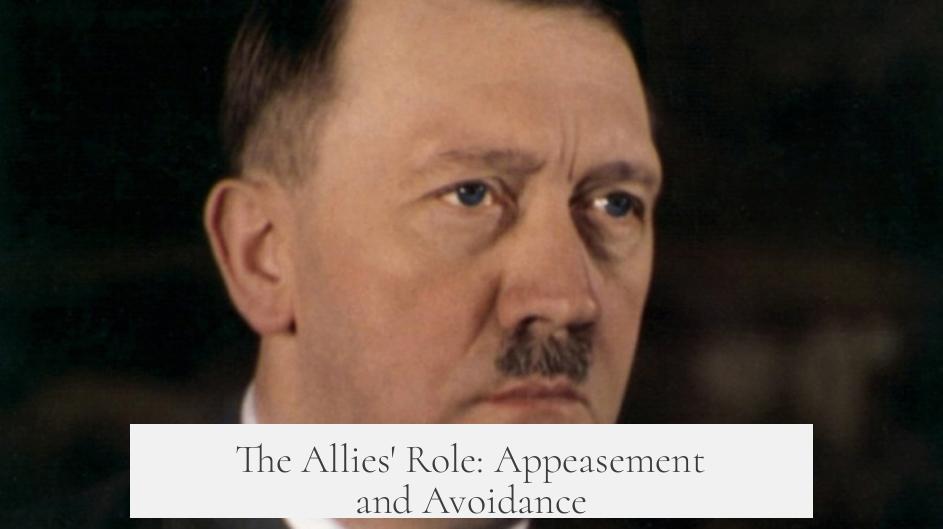
Now, you might wonder: “Where were Britain and France? Why didn’t they stop Hitler earlier?” The answer lies in economic, political, and public pressures of the 1930s. Post-World War I trauma still haunted Europe. The memory of slaughter made aggressive military action unpopular.
Public opinion strongly favored peace. Polls from 1939 show British citizens still trusted Prime Minister Neville Chamberlain, even after Poland was invaded. Why? Because no one wanted another continental war. Both Britain and France were bound by a profound anti-war sentiment and economic hardship due to the Great Depression.
Appeasement: A Risky Bet
The Munich Agreement of 1938 perfectly illustrates this mindset. Britain and France allowed Hitler to annex Czechoslovakia’s Sudetenland to avoid war. This diplomatic “appeasement” essentially told Hitler, “Go ahead, just don’t cause a big fuss.”
This hands-off approach effectively isolated Poland. Imagine standing alone while your neighbors watch silently—Poland was diplomatically and militarily friendless. The Allies’ actions (or inactions) paved a clear path for Hitler’s invasion.
Military Preparedness: Not Quite Ready for War
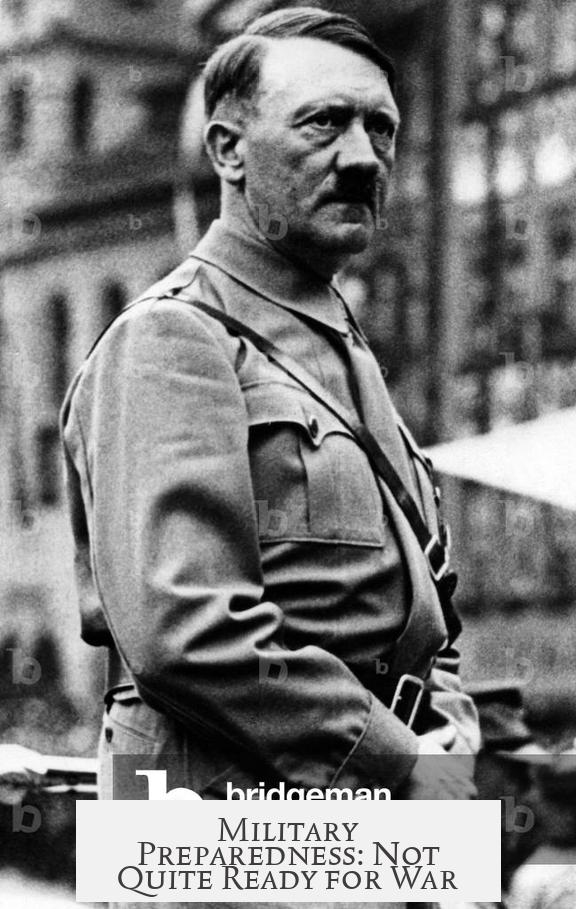
Despite rearming efforts, Britain and France were not ready to launch offensive campaigns. After the massive troop reductions following World War I, rebuilding was slow. Defensive doctrines dominated French military thinking, relying on Maginot Line fortifications and counterattacks, not bold invasions.
For Britain, striking Germany alone wasn’t on the cards. Both nations hoped appeasement would buy time rather than force immediate confrontation. Yet, this hesitation inadvertently encouraged Hitler, who calculated that Poland’s defense would collapse before any effective Allied counterattack could materialize.
Previous German Territorial Gains Set the Stage
Hitler’s earlier expansions—from the Rhineland reoccupation to the Anschluss with Austria, and the takeover of the Sudetenland and Czechoslovakia—had met little resistance. The Allies folded diplomatically and militarily each time, sending a dangerous message: Germany could act with impunity.
These unopposed moves only boosted Hitler’s confidence. France’s defensive doctrine and Britain’s reluctance to strike first reassured him. Poland was next, and the Allies’ hesitance made this invasion seem less risky.
The Nazi-Soviet Pact: An Unexpected Bedfellow

One of the strangest and most important pieces of this puzzle is the Molotov-Ribbentrop Pact, signed in August 1939. This non-aggression treaty between two ideological enemies—Nazi Germany and the Soviet Union—allowed them to carve up Eastern Europe like a Halloween candy haul.
Why is this significant? Because the pact secured Hitler’s eastern flank. Germany invaded Poland from the west, while the Soviets attacked from the east, splitting the country in two. This agreement negated the risk of a two-front war at the start, freeing Hitler’s forces to concentrate on the swift conquest of Poland.
Why Does This Matter Today?
We often simplify the start of World War II as “Germany attacked Poland.” But the reality is richer and darker. It was a day born from years of ideology, failed diplomacy, and deep strategic calculations by all sides.
Understanding why Hitler invaded Poland means examining his vision for Germany, the diplomatic failures of Britain and France, their military unreadiness, and a strange pact with the Soviet Union. It reveals how a mix of ambition, fear, and miscalculation set the stage for a global tragedy.
Lessons and Reflections
- Ideology drives action: Hitler’s invasion wasn’t an impulsive war crime; it was planned and premeditated, showing how dangerous unchecked extremist ideology can be.
- Diplomacy matters: Appeasement may look like peace-keeping, but sometimes it’s just a green light to the aggressor.
- Preparation counts: Military unreadiness and public reluctance to fight left nations vulnerable at a critical moment.
- Alliances and treaties change the game: The Nazi-Soviet pact, weird as it was, altered the battlefield geography and dynamics.
Hitler’s invasion of Poland in 1939 isn’t just a historical factoid; it’s a cautionary tale about how ideology, diplomacy, and strategy collide — sometimes with world-shaking consequences.
Why was invading Poland necessary for Hitler’s larger plan?
Hitler sought Lebensraum, or living space, for Germany. Invading Poland was a first step toward attacking the Soviet Union and expanding eastward as outlined in Generalplan Ost.
How did Britain and France’s policies affect Hitler’s decision to invade?
Their appeasement, especially after the Munich Agreement, left Poland isolated. Their reluctance to confront Germany earlier made Hitler confident he could invade without facing strong resistance.
What role did the Nazi-Soviet Pact play in the invasion?
The Molotov-Ribbentrop Pact meant the USSR would not oppose Germany’s invasion. It allowed a joint invasion and division of Poland, securing Germany’s eastern border during the attack.
Why didn’t Britain and France act sooner to stop Hitler?
Economic struggles and strong anti-war sentiment limited their military spending and readiness. Their focus on defense and public opinion delayed any offensive moves against Germany.
How did previous German expansions influence the invasion of Poland?
Hitler had expanded into the Rhineland, Austria, and Czechoslovakia with little pushback. This encouraged him to take Poland, knowing Britain and France were not prepared to fight immediately.
